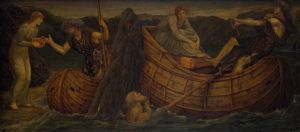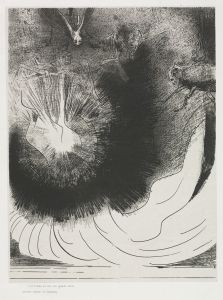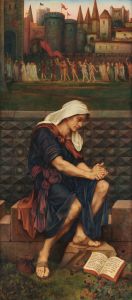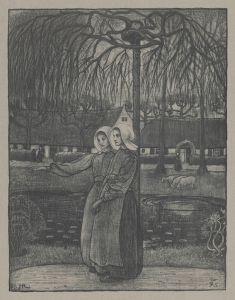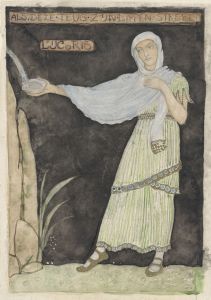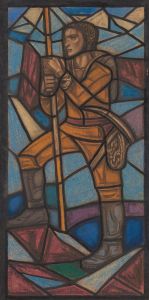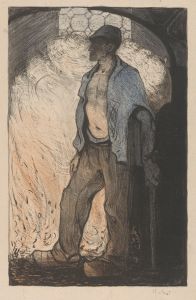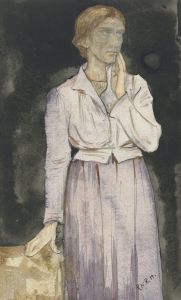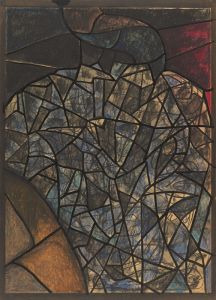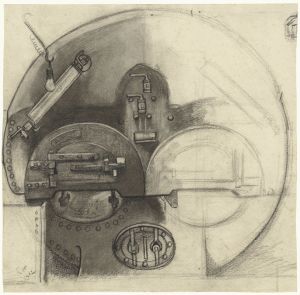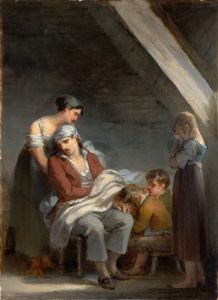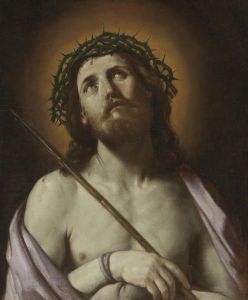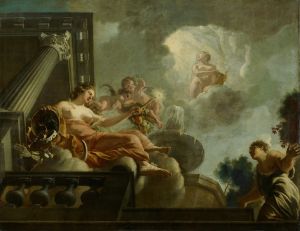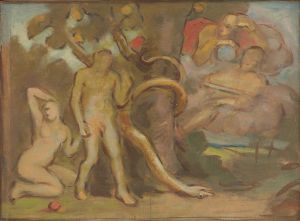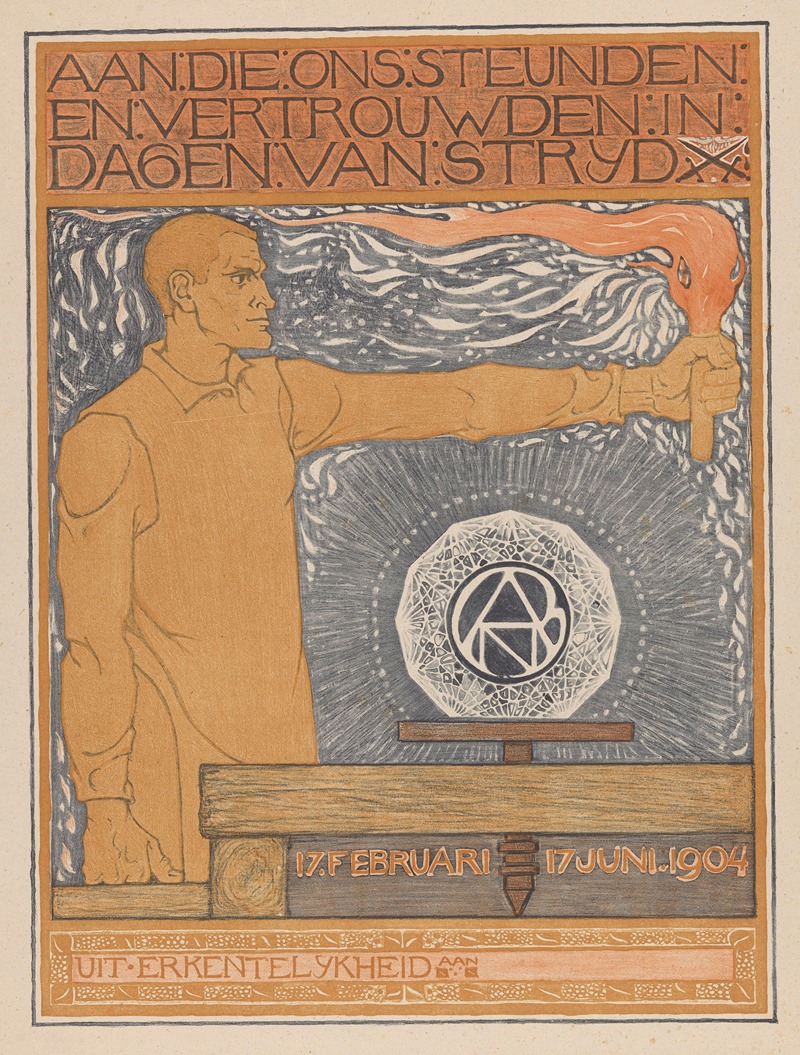
Man die een fakkel vasthoudt
A hand-painted replica of Richard Nicolaüs Roland Holst’s masterpiece Man die een fakkel vasthoudt, meticulously crafted by professional artists to capture the true essence of the original. Each piece is created with museum-quality canvas and rare mineral pigments, carefully painted by experienced artists with delicate brushstrokes and rich, layered colors to perfectly recreate the texture of the original artwork. Unlike machine-printed reproductions, this hand-painted version brings the painting to life, infused with the artist’s emotions and skill in every stroke. Whether for personal collection or home decoration, it instantly elevates the artistic atmosphere of any space.
Richard Nicolaüs Roland Holst was a prominent Dutch artist and designer, known for his contributions to the art movements of the late 19th and early 20th centuries. Born on December 4, 1868, in Amsterdam, Roland Holst was deeply influenced by the artistic and social movements of his time. He was part of the Dutch Art Nouveau movement and was associated with the Amsterdamse Joffers, a group of artists who were known for their innovative approaches to art and design.
One of Roland Holst's notable works is "Man die een fakkel vasthoudt," which translates to "Man Holding a Torch." This artwork is a reflection of his style, which often incorporated symbolic and allegorical elements. Roland Holst was known for his ability to blend traditional techniques with modern themes, creating works that were both visually striking and rich in meaning.
"Man die een fakkel vasthoudt" is emblematic of Roland Holst's interest in symbolism and his engagement with social and political themes. The image of a man holding a torch can be interpreted in various ways, often seen as a symbol of enlightenment, guidance, or revolution. The torch, as a source of light, may represent knowledge, hope, or the pursuit of truth, aligning with the broader themes of progress and social change that were prevalent during Roland Holst's lifetime.
Roland Holst was also known for his involvement in the labor movement and his commitment to social causes, which often influenced his artistic work. His art was not just an aesthetic endeavor but also a means of communicating his ideals and advocating for societal improvement. This commitment to social issues is reflected in many of his works, including "Man die een fakkel vasthoudt."
In addition to his paintings, Roland Holst was a skilled designer and illustrator. He contributed to various publications and was involved in the design of posters, book covers, and other graphic works. His versatility as an artist allowed him to explore different mediums and styles, making him a significant figure in Dutch art history.
Throughout his career, Roland Holst was recognized for his contributions to the arts. He was a member of several artistic societies and received numerous accolades for his work. His legacy is preserved in various collections and museums, where his works continue to be studied and appreciated for their artistic and historical significance.
Richard Nicolaüs Roland Holst passed away on December 31, 1938, leaving behind a rich body of work that continues to inspire and influence artists and art enthusiasts. "Man die een fakkel vasthoudt" remains a testament to his skill as an artist and his dedication to using art as a means of expression and social commentary.





